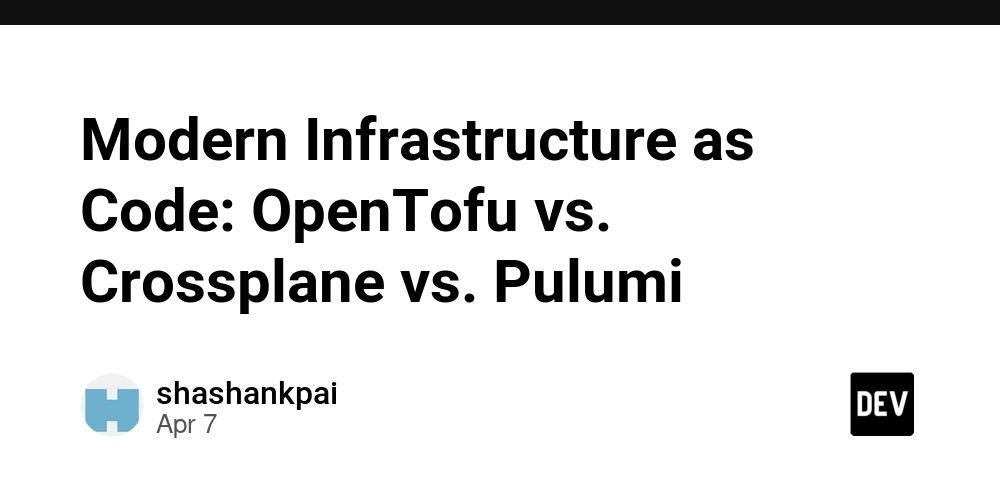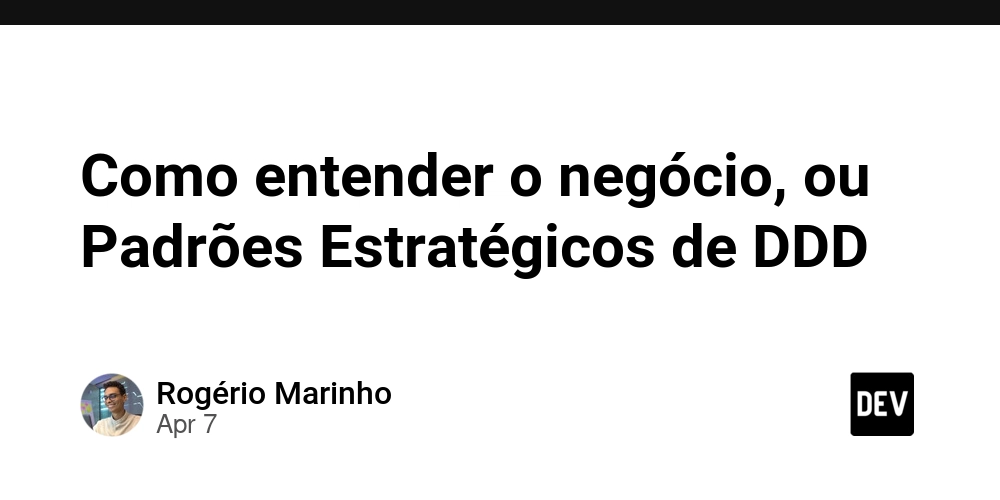How Flexible Might You Have to Be in Retirement?
Spending flexibility isn't only taking a little bit less from your portfolio for one year. It could mean spending a lot less for 10 years. The post How Flexible Might You Have to Be in Retirement? appeared first on The White Coat Investor - Investing & Personal Finance for Doctors.

 By Dr. Jim Dahle, WCI Founder
By Dr. Jim Dahle, WCI FounderMy general recommendation for retirees spending from their portfolio is to start withdrawing at something around 4% and adjust as you go. I gave Karsten Jeske (aka Big ERN) a hard time in a previous blog post about it, and he challenged me to read his work on an important point in my argument.
He pointed out that flexibility allows people to spend a little more if risk doesn't show up but that when Sequence of Returns Risk (SORR) does show up, you have to be flexible—more flexible than most people are willing to be. This is clearly a big pet peeve for him, as documented in Part 58 (yes, you read that right) of his popular Safe Withdrawal Rate (SWR) series of blog posts called Flexibility is Overrated. By the way, if this is all over your head, I suggest you first read these posts:
- The Silliness of the Safe Withdrawal Rate Movement
- Fear of the Decumulation Phase in Retirement
- A Framework for Thinking About Retirement Income
- Comparing Portfolio Withdrawal Strategies in Retirement
- Big ERN's Safe Withdrawal Rate Series Intro
While his blog post is lengthy and involves math that I'm not even going to pretend to understand, he took a look at a recently proposed variable withdrawal plan that allows one to start with a 5.5% withdrawal rate and pointed out that, if you followed that rule in the past, you would only be withdrawing 5.5% of the portfolio 51% of the time, 4.125% of the portfolio 14% of the time, and 2.75% of the portfolio 35% of the time. His point is that it's a pretty big drop to go from spending 5.5% of your portfolio to 2.75%. If you were living on $120,000 a year, you now might have to live on $60,000 a year . . . and not just for a year or two, perhaps for a decade or more. He basically asks (and I paraphrase), “Are you really that flexible? Really?”
He concludes that:
“If you want to rely on spending reductions only, then most retirees probably don’t have the patience to suffer through prolonged stretches of deep spending cuts inherent in [discretionary spending rules].”
While this is more relevant for the FIRE crowd that wants to be retired for 40-60 years (the bigger problem for the typical retiree is mortality, not longevity, risk), it does affect all of us. The point is that spending flexibility isn't just talking about taking 2.5% less or 10% less out of the portfolio for one year. It's taking 25%-50% less out of the portfolio for 5-10 years. Will that be doable for many WCIers? Absolutely. For most people? No way. And nobody is going to like it. Who wants to cut 50% (maybe their entire discretionary budget or even into their fixed budget) in the middle of their “go-go” years?
What Other Flexibility Is Available?
Big ERN points out that portfolio withdrawal flexibility isn't the only flexibility available. There are other options.
First, you can use fixed and semi-fixed income sources for your fixed and even variable expenses. Delaying Social Security to age 70 essentially buys more of the best-priced, inflation-indexed immediate annuity on the planet. You can buy SPIAs. You can work for a pension. You could even use some longevity insurance (i.e. a Deferred Income Annuity or DIA) to give you more permission to spend now. Even beyond the fixed income sources, you can use semi-fixed ones, perhaps something like 75% of the net operating income of a paid-off investment property or the income from a private real estate debt fund. Those are pretty reliable income sources, especially if discounted appropriately, although they're obviously not guaranteed. If by using all of that, you can make it so your portfolio is truly only paying for discretionary expenses, then cutting those by 25% or even 50% for five years isn't so unpalatable.
Second—and this one works particularly well for the FIRE crowd—is you can go back to work. Maybe it's part-time. Maybe it's an encore career instead of what was your main one. Maybe it's a little consulting. You don't have to earn everything you spend, only that amount that you're reducing your withdrawals by. Voila! No change in your lifestyle (other than the work, of course).
Third, account for spending less later. Most retirees spend less in their “slow-go” and “no-go” years, at least until the very end, than they did during their “go-go” years. This provides some additional flexibility if your original assumptions were that you were going to spend the same inflation-adjusted amount each year.
Fourth, account for lower valuations. When the market falls, yes, your portfolio is decreased in value. However, your future expected returns are also higher, which helps offset this. While there is no guarantee, that is likely to make up some of the difference, assuming you don't panic sell and eliminate the possibility of your portfolio helping with the recovery of your economic situation.
Finally, be OK with the facts as Dr. William Bernstein pointed out in the Retirement Calculator from Hell Part III. Big ERN likes to use the FailSafe number for his withdrawal rates. i.e. those withdrawal rates that historically worked 100% of the time. Bernstein argues that using anything beyond an 80% success rate is just fooling yourself since the likelihood of real problems, like nuclear war, is at least 20% during your lengthy retirement. The more you're OK with running a low risk of failure (i.e. that you live a long time AND you run out of money), the more you can withdraw. Big ERN allows for someone to permit a 2%-5% chance of failure (although he wouldn't do that). Go to 20% and all of a sudden potential spending goes way up.
I disagree with Big ERN in that I think flexibility is an extremely valuable commodity for a retiree, although he's right when he points out that if you're not careful, you might have to be a lot more flexible than you thought. He's also right when he points out that working and saving a little longer provides way more flexibility than concocting some complicated magical withdrawal rule. Dropping how much of your portfolio you need from 5% to 3.5% probably only requires about five more years of work. (Assumptions: 5% real return, a $2 million portfolio, $100,000 desired spend, $50,000 per year savings.)
Looking for some personalized answers when it comes to tracking your retirement? Check out Boldin, formerly known as NewRetirement, a WCI partner that helps you build your retirement plan and keeps you on track for the future you deserve. It’s much more than a retirement calculator; it’ll help you get to the retirement of your dreams.
What do you think? Is flexibility in retirement withdrawals overrated or not? How flexible do you want to be?
The post How Flexible Might You Have to Be in Retirement? appeared first on The White Coat Investor - Investing & Personal Finance for Doctors.

















































































